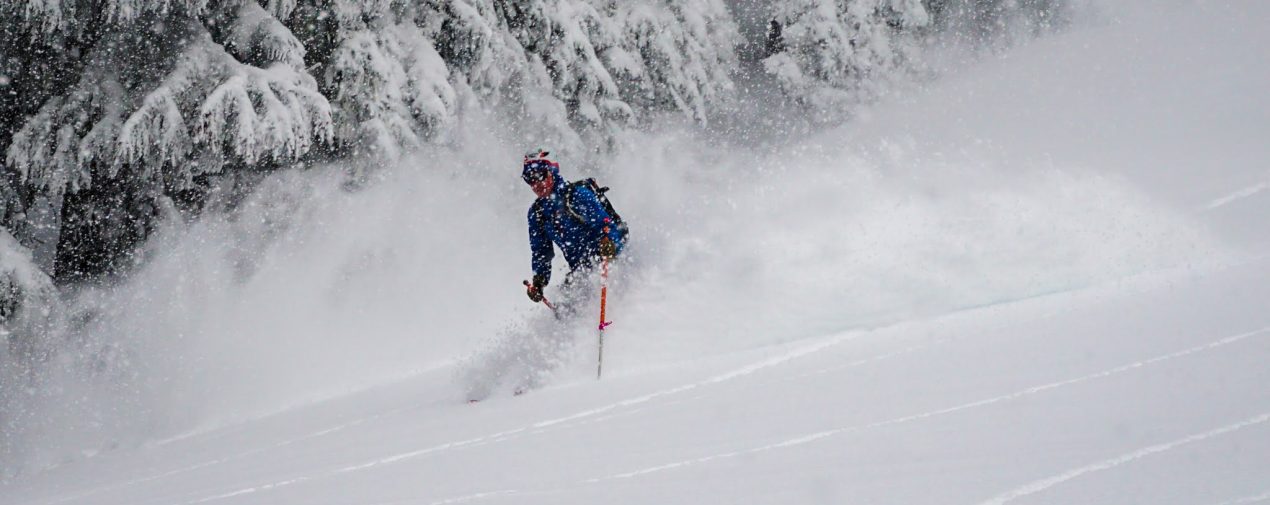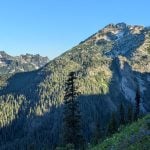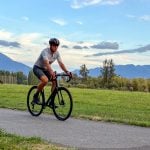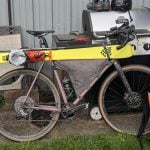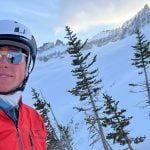How To: Find Your Own Secret Powder Stash
Nuances to Winter Ski Terrain Choices
Powder snow can drive a skier crazy. Untracked, fresh, backcountry snow is in limited quantity and doesn’t last forever. The scarcity of it can lead to hidden powder ‘stashes’ and locals being quite protective of their special spots. What are the factors that make for a great ‘power spot’? Are there consistencies from place to place and how can they be ‘found’?
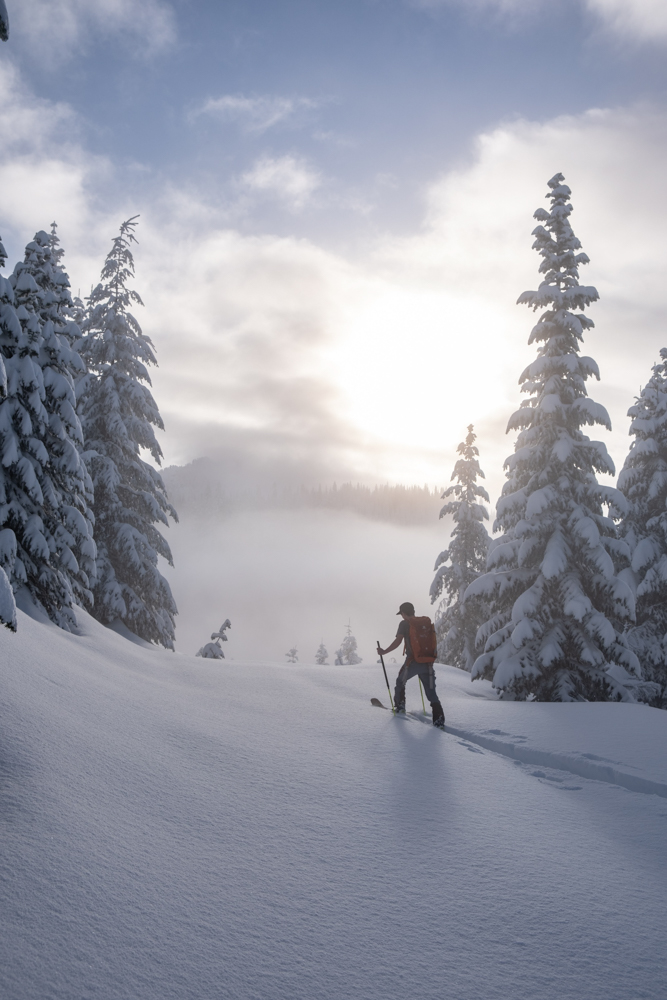
I’m no expert and do not claim to have all the answers, but there are some fundamental concepts of terrain choice and prevailing weather that can help you find your next ‘power stash’ (you can read one of my previous weather-related articles here). I’ll go through a few of them and give some examples.
Aspect
Aspect refers to the cardinal direction a slope faces. This is a key factor for powder because of the sun and its impact on fresh, soft snow.
‘Solar’ aspects face south and east where the sun hits first and most intensely during the middle of the day. Soft, new snow will become heavier and clumpier the more solar input it receives. Solar aspects can make for good powder skiing very soon after snowfall, think the day after a storm-skiing. The problem with solar aspects for powder skiing is that once they refreeze overnight they develop a solar crust which makes for unpleasant touring and surfing. It is possible for the sun angle and temperature to be low oblique/low enough to not crust up the new snow, but you have to be REALLY cold and far north for that to happen (think Canada and Alaska). Some examples of good powder skiing on southern aspects are the Emmas in the Wasatch or the Phantom Trees in Washington State. Both of these locations are short lived, though, and don’t last for many days after a storm.
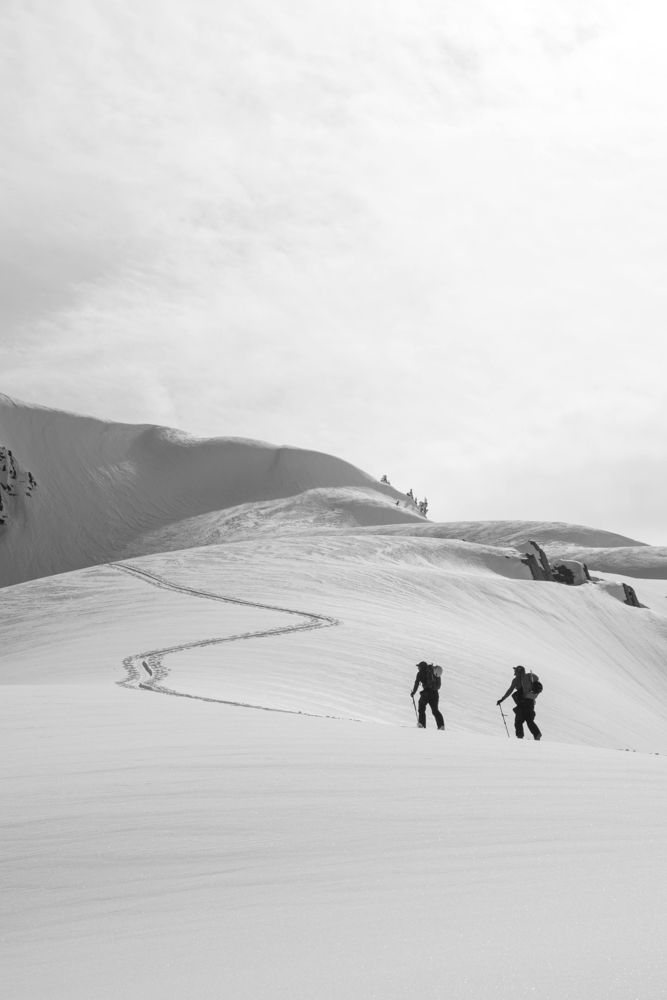
Shaded aspects face north and west where the sun either doesn’t reach in the wintertime or only reaches for a short time during the shorter day. Fresh, soft snow will hang on longer on these aspects because of how much less solar exposure they receive. The tricky part of these aspects, however, can be persistent snow problems. In places like Utah, Colorado, and Wyoming, northern aspects can quickly develop a persistent weak layer because of how little sun/heat they receive. Faceting and persistent grains can hang on for a longer time on shaded aspects than solar aspects. Some examples of good powder skiing on shaded aspects are Heliotrope Ridge in Washington State or Scotties in the Wasatch.
There’s no one ‘best aspect’ for a powder stash, unfortunately. However, I’ll generalize for simplicity and say that in more coastal snowpacks (like Washington, British Columbia) shaded aspects are generally preferred as they preserve powder longer. The reason I won’t extend this generalization to intermountain and continental snowpacks is because of persistent snow problems that often make shaded aspects in avalanche terrain off-limits.
Forests and the ‘Tree Run’
Skiing through a forest can make for lots of fun jumps, boops, and bops. What makes for a good ‘tree run’? A key element for a good tree run is tree spacing. Older growth forests typically will have larger, more mature trees that are wider spaced. This makes for nice hallways and corridors to ski through. Younger, newer forests can be denser and more ‘bushy’, overall less enjoyable.
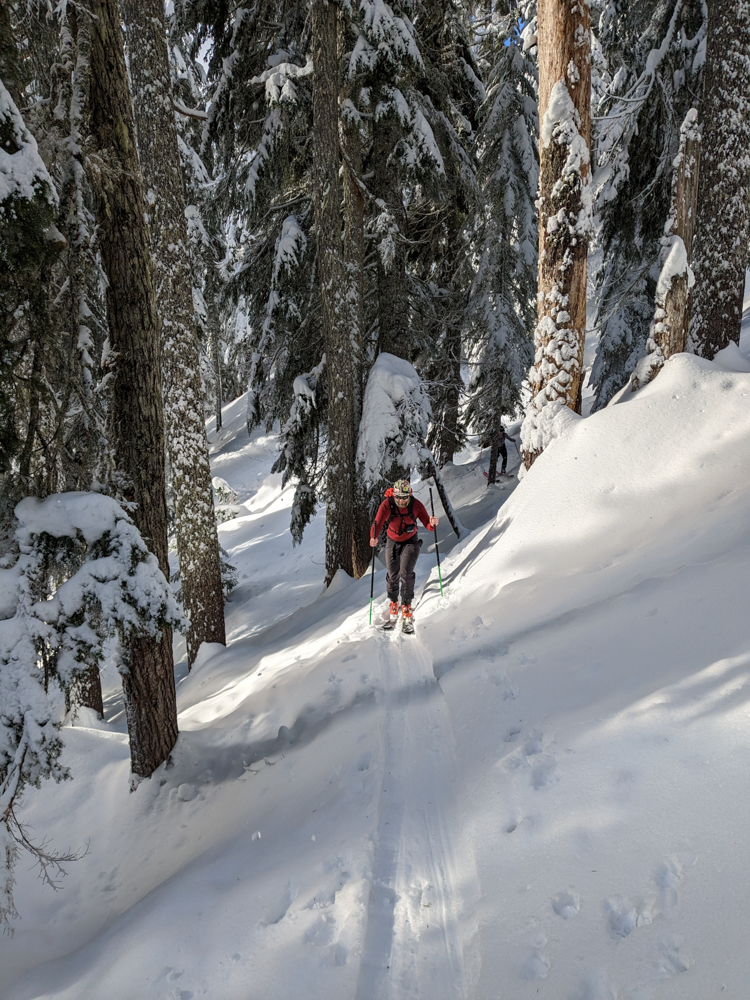
How can you spot this? Google satellite imagery is a great way to identify tree spacing. On Google Maps or Caltopo or whatever mapping software you use, turn on the satellite layer and change to summer (if applicable, some mapping softwares only have summer satellite imagery). This can give you a sense of the forest and how it looks when there isn’t snow around.
Tree runs typically need more snow to ‘fill in’, so they are not the best early season choice for powder skiing. However, once they fill in they can also preserve powder for longer, regardless of their aspect. The tree cover can serve to dissipate some of the solar input to the snowpack below, keeping the snow colder for longer. However, there are some cases where the tree canopy can also serve as a ‘greenhouse’ and keep the snowpack generally warm. Overall, think of a forest as an insulator: it will keep the snowpack from changing temperature rapidly. If the snow is cold, it will stay colder for longer. If the snowpack is warm, it will stay warmer for longer.
In summary, look for evenly spaced trees for shaded, protected powder. Old growth forests and burn zones can be great ‘meadow skipping’, low angle powder spots.
Bed Surface
Bed Surface, in this context, refers to the ground surface the first snow of the season falls onto. In the early season this can be crucial. Ideally, you want smooth grassy or smooth slopes that will quickly pick up an even coat of snow. A great way to identify this is through Google Earth or Fatmap, 3D mapping software with satellite imagery. Large boulders can make for fun pillow lines later in the year, but early season they are a recipe for core shots and injury.
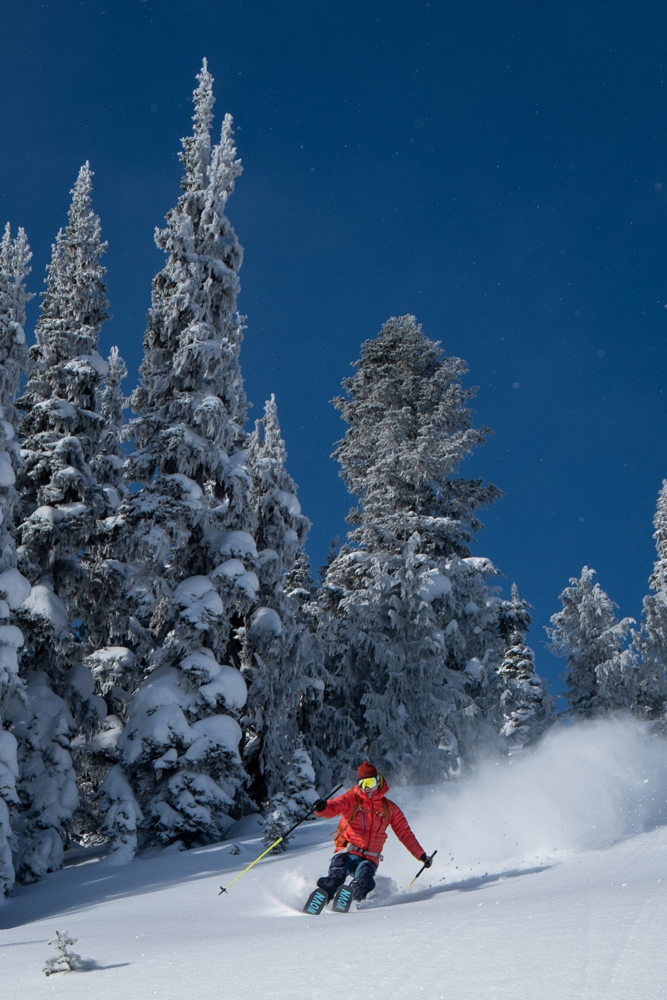
Use Similar Experiences and Learn!
Probably the best way to find your next ‘powder stash’ is to learn from previous experience. Do you have a great powder spot you like right now? Look at it on a map! Identify some of its characteristics, like aspect, slope angle, prevailing winds, etc. Then keep hunting around on a map and see if there are any similar spots that match those features. Your favorite spot was probably found this way years ago, before Facebook, Strava, or Fatmap existed.
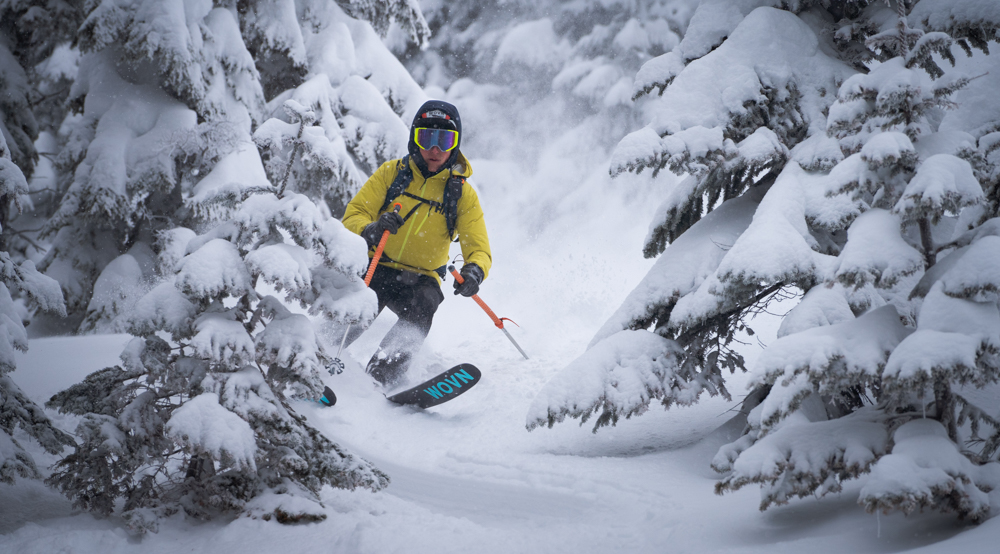
About the Gear Tester
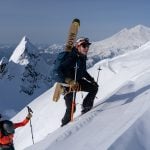
Sam Chaneles
Sam Chaneles is an avid mountaineer and backpacker, climbing peaks in the Cascades, Mexico, Ecuador, and Africa, as well as hiking the John Muir Trail and off-trail routes in Colorado. He has climbed peaks such as Aconcagua, Mt. Rainier, Cotopaxi, Chimborazo, Kilimanjaro, and many more. Sam graduated with a B.S. in Mechanical Engineering from Georgia Tech. During his time there he was a Trip and Expedition Leader for the school’s Outdoor Recreation program (ORGT). He has led expeditions to New Zealand, Alaska, Corsica, France, and throughout the United States. Sam is based in Issaquah, WA just outside of the Cascade Mountains. You can follow Sam and his adventures on Instagram at @samchaneles, or on his website at www.engineeredforadventure.com.

